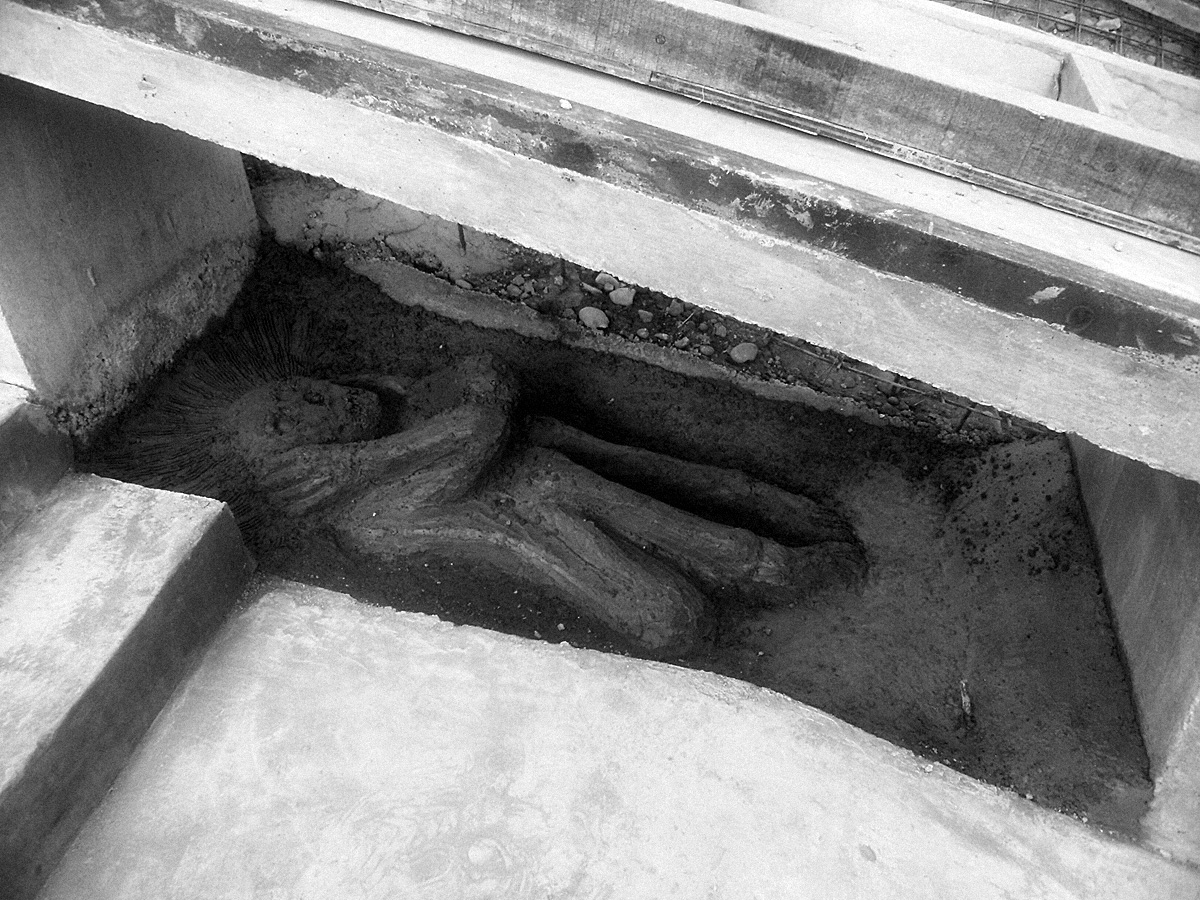Mummy discovered beneath new skatepark – Lima, Peru
After four months of intensive archeological work, Doctor Skatepark team found new evidences of an old giant skateboarding ceremony center in Lima, capital of Peru, probably from the remote skatealcoholithic period, proving ancient skateboarding roots in the Incas country.

